Return to Sea-Trees.org
SEATREES
IMPACT report
2021
SeaTrees is a program of Sustainable Surf.
For the 2021 Sustainable Surf Annual Report, please click here.
Active SeaTrees Projects
How We Measure Success: 100 Projects by 2030
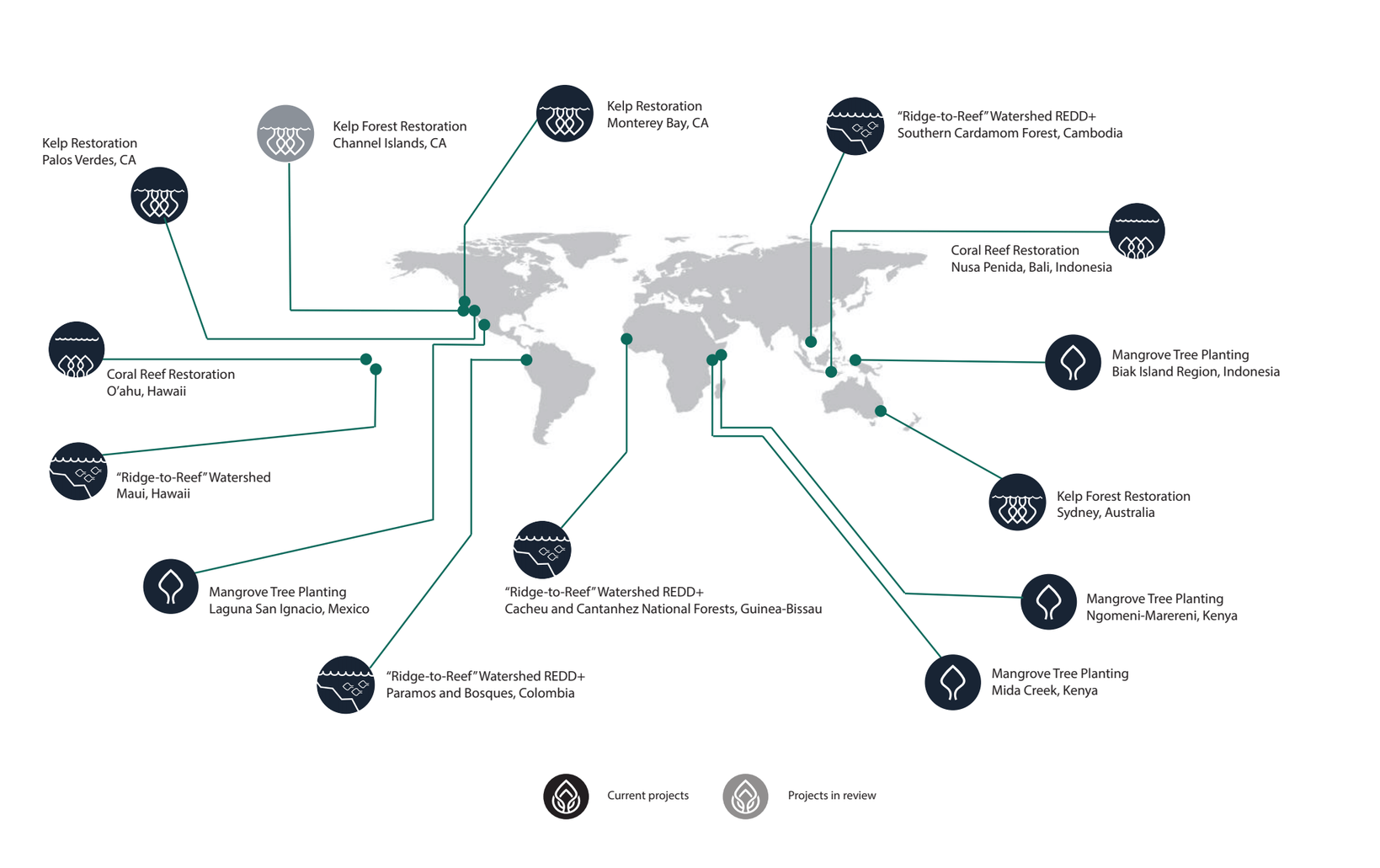
Total SeaTrees Planted Through 2021
704,999
Mangrove trees planted at Biak Island, West Papua,
Indonesia
556,131
Mangrove trees planted at Mida Creek, Watamu, Kenya
122,708
6,000
Sq-ft of kelp restoration at Palos Verdes, California,
USA
Coral fragments restored in Nusa Penida, Bali, Indonesia
20,000
Mangrove trees planted at Laguna San Ignacio, Baja California Sur, Mexico
61,700
Tons of CO2 sequestered in
Southern Cardamom,
Cambodia
What is Blue Carbon and Why Does SeaTrees Want to Protect It?
Blue carbon refers to carbon stored in coastal and marine ecosystems.
Blue carbon coastal ecosystems draw carbon out of the atmosphere and sequester it faster than terrestrial ecosystems. Despite these benefits, they are one of the most threatened ecosystems on Earth. The regeneration of these ecosystems provides critical habitat for countless species, sustainable long-term employment for local communities, and protection from climate change impacts.
Mangrove
Forests
Mangroves are 5x more effective at storing carbon than tropical forests.
Kelp
Forests
Kelp can sequester ~200 million tons of CO2 per year.
Coral
Reefs
Coral reefs are biodiversity hotspots and support ~25% of marine life In the ocean.
Seagrass
Meadows
Seagrass sequesters ~10% of the carbon buried in ocean sediment annually.
Coastal
Watersheds
Blue carbon ecosystems are most effective when they are directly connected to a healthy watershed.
The Seatrees Project Development Process
SeaTrees team members use a rigorous process to develop new SeaTrees projects.
Our process is based on methods used by carbon offset project development, which sets the bar for quality, transparency, and scientific accuracy.
Our process has built-in flexibility to work around the world in varying social and economic conditions. It also covers five different blue carbon ecosystem types, each with unique restoration methods.
Through this process, we will achieve our ambitious goal to develop 100 projects by 2030.
SeaTrees looks around the world for coastal ecosystem restoration and protection projects operated by local NGOs.
1. Identify Projects
Extensive due diligence is performed. This involves evaluating the potential project based on technical merits, monitoring capability, local community involvement, and environmental and social impacts achieved.
2. Due Dilligence
When we are confident the project will have long term success, we create a contract with the local NGO to conduct conservation, restoration, and monitoring of their blue carbon ecosystem.
3. Contract with Projects
Each project has a carefully crafted monitoring plan to quantify the number of SeaTrees planted or restored, while ensuring the project’s long-term survival. We also measure the CO2 sequestered and other environmental and social benefits created.
4. Measure Impact
5. Create Stories
SeaTrees creates stories, content, and media to provide to donors in order to bring in more donations that go directly toward the projects.
5. Create Stories
Supporting Sustainable Development
A core outcome of each SeaTrees project is the sustainable development of local communities around the world. The success of these projects relies on creating jobs and livelihoods for the local people involved in maintaining healthy ecosystems for the future.
Each SeaTrees project is monitored and evaluated consistently throughout the year. Reports are also created on its impact according to all the SDG metrics. You will find this SDG breakdown for each SeaTrees project below.
SeaTrees supports the 17 United Nations / Sustainable Development Goals (SDGs), designed to transform our world for good by 2030.
These projects reduce climate change impacts, increase terrestrial and marine biodiversity, protect endangered species, create sustainable jobs, alleviate poverty and hunger, support education and gender equality, and more.

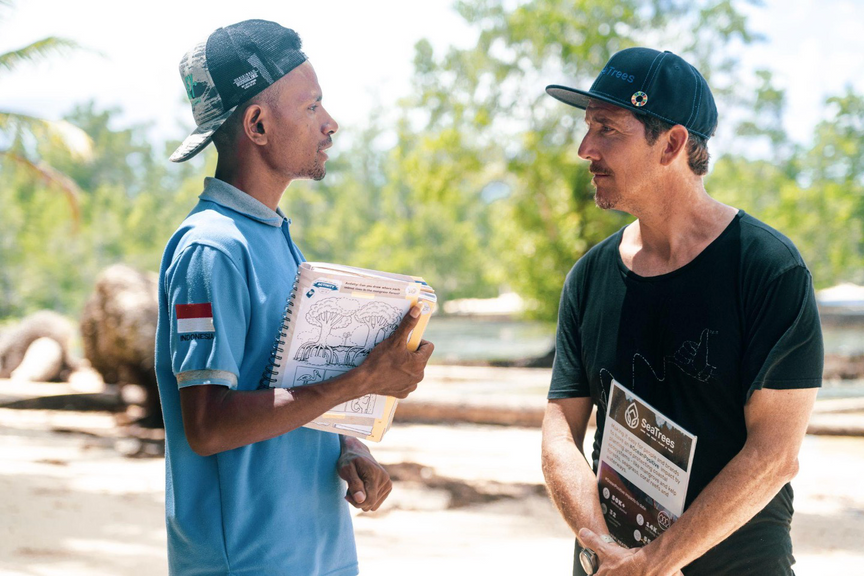
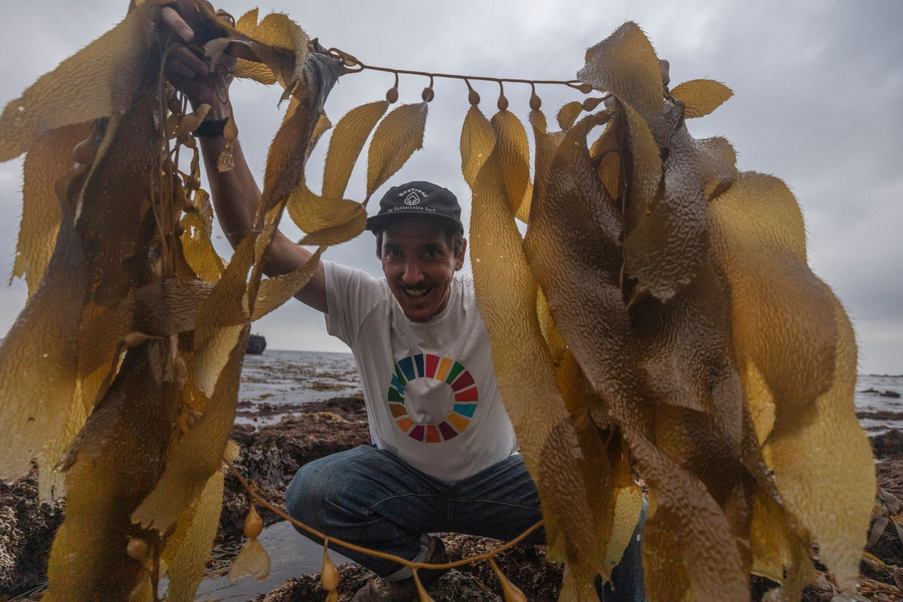
Click here to learn more about the UN 17 SDGs.
Each SeaTrees project is evaluated on its impact annually, according to all the SDG metrics. You will find the SDG breakdown for each SeaTrees project below.
SDG Impact Report
Biak Region, Indonesia
This page details the UN Sustainable Development Goals being addressed by the SeaTrees project in the Biak Region of West Papua, Indonesia. For a detailed breakdown of these SDGs please visit:
SeaTrees has supported the regeneration and protection of native mangrove forests in the Biak Region of West Papua, Indonesia since launching in June 2019. Planting commenced in March 2020 at the newest SeaTrees planting site on Padaido Island, in partnership with our local planting partners, Eden Reforestation and the island community.
Key Impact Metrics
Every 30 mangrove trees planted in this project:
- Creates 1 day of living-wage employment for local community members, helping to support 55 families
- Provides resources for local education
- Protects local villages from storm surges and sea-level rise
- Serves as critical nursery grounds for fish and shellfish, and increases local marine productivity
- Has the potential to sequester more than 9 metric tons of carbon dioxide of the 25 year life of the trees
Sustainable Development Goals addressed by the project

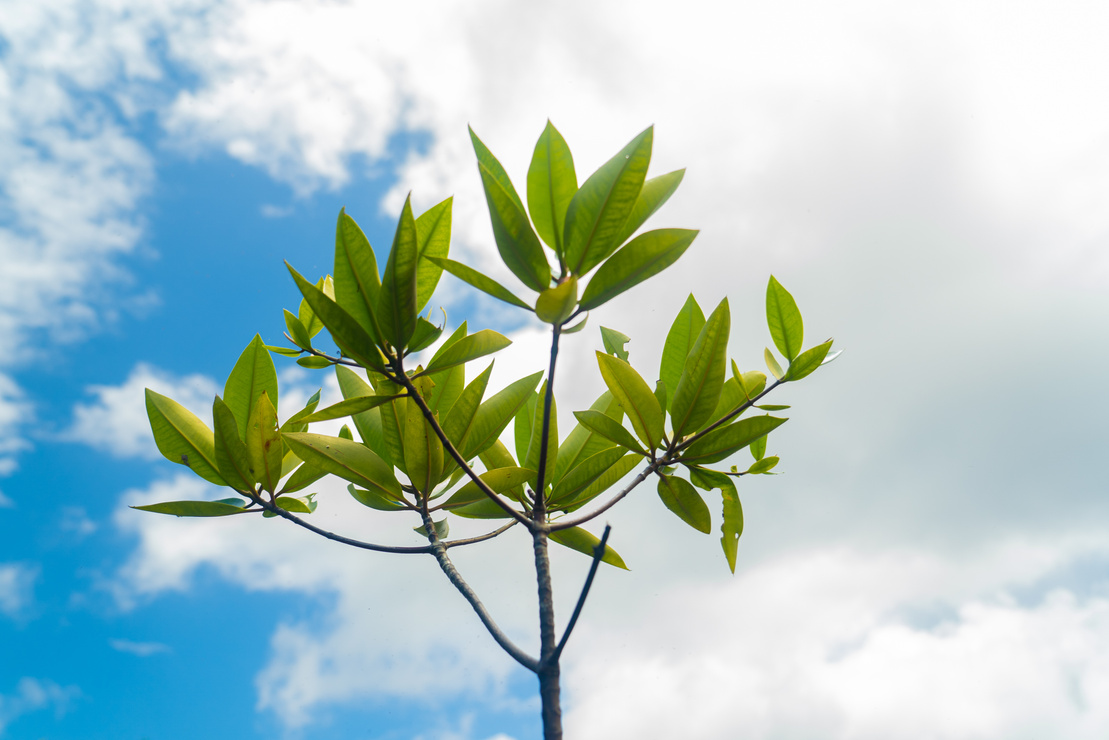
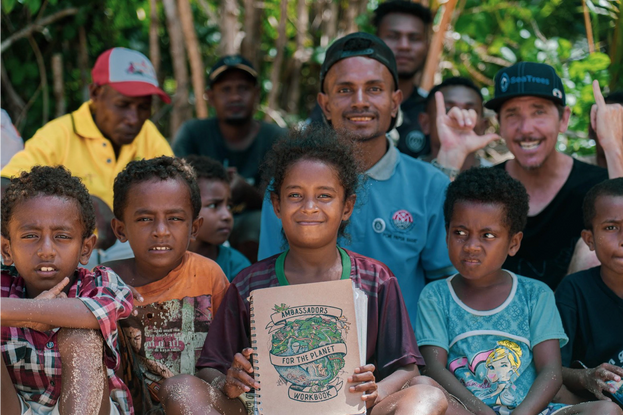
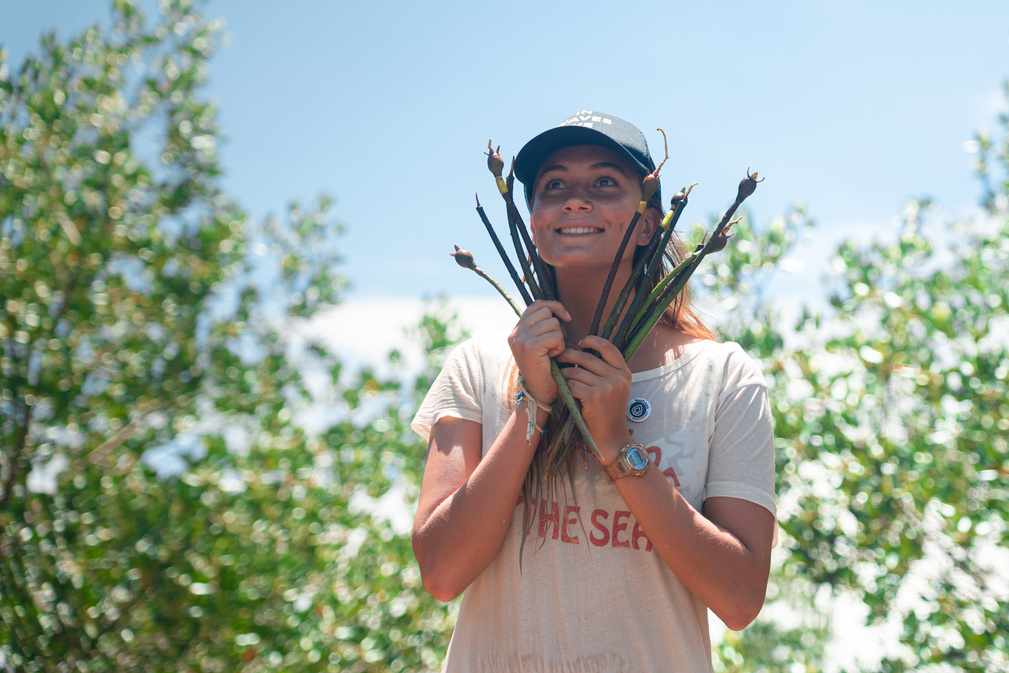
SDG Impact Report
Palos Verdes, California
This page details the UN Sustainable Development Goals being addressed by the SeaTrees project in Palos Verdes, California. For a detailed breakdown of these SDGs please visit:
https://sea-trees.org/pages/sdg-palosverdes
SeaTrees has supported the regeneration of Giant Kelp forests off the Palos Verdes peninsula since our launch in 2019. Working with local restoration partner, The Bay Foundation, out-of-work urchin fishermen are employed to restore this once magnificent underwater forest by culling purple sea-urchins to numbers that allow a healthy, thriving kelp forest to establish. Scientists measure and monitor the impact of the fishermen’s work, which is helping to create important habitat for more than 700 marine species.
Key Impact Metrics
- 700+ species protected
- One day of work restores 1,000 sq-ft kelp forest
- Abalone species reintroduced to kelp forest
- 1,000 sq-ft of kelp restored will sequester 1 ton of CO2 over 25 years*
- Within 5 years, restored kelp forest ecosystems are indistinguishable from the healthy kelp forest ecosystems
Sustainable Development Goals addressed by the project
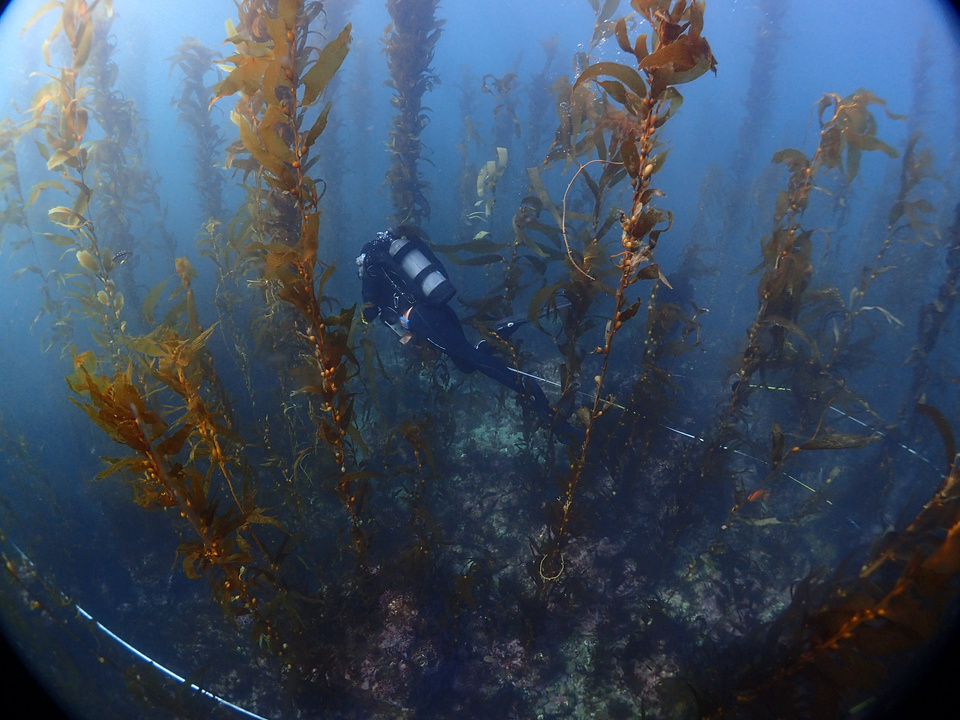
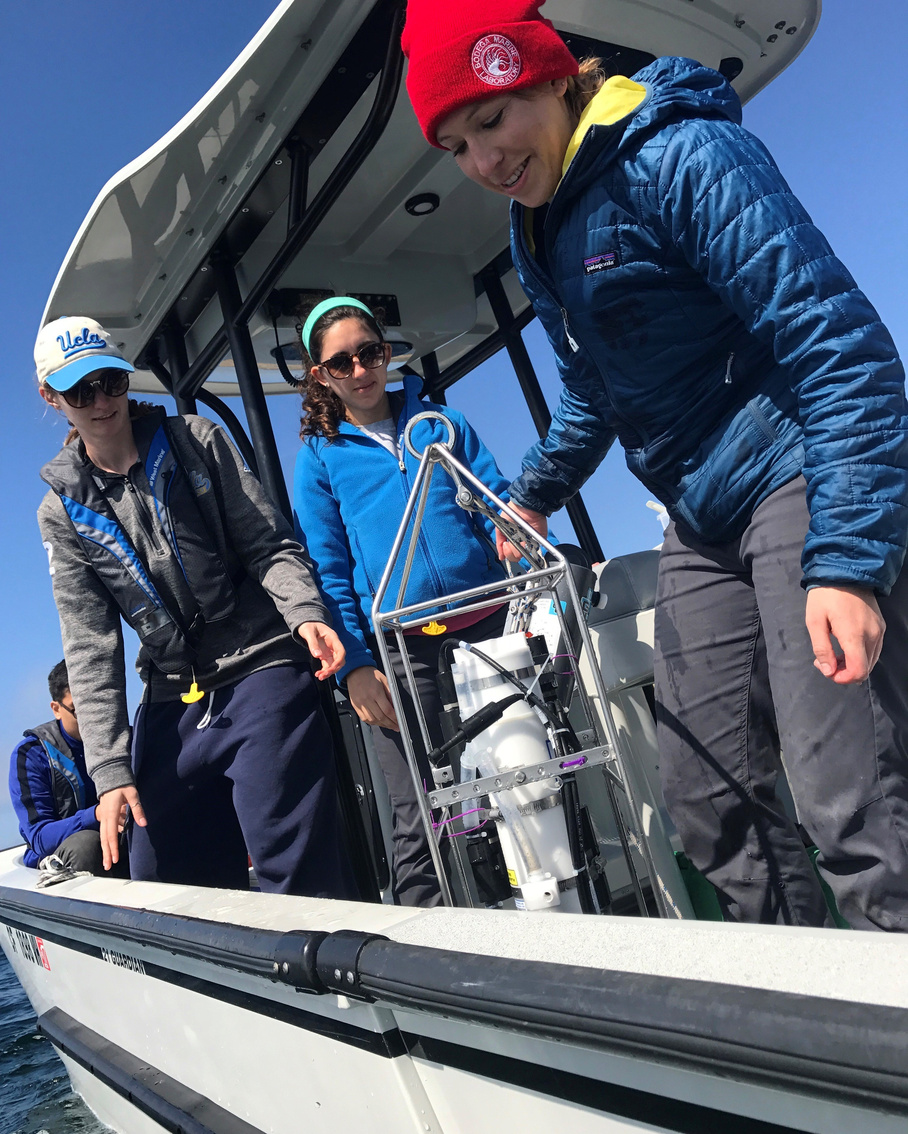
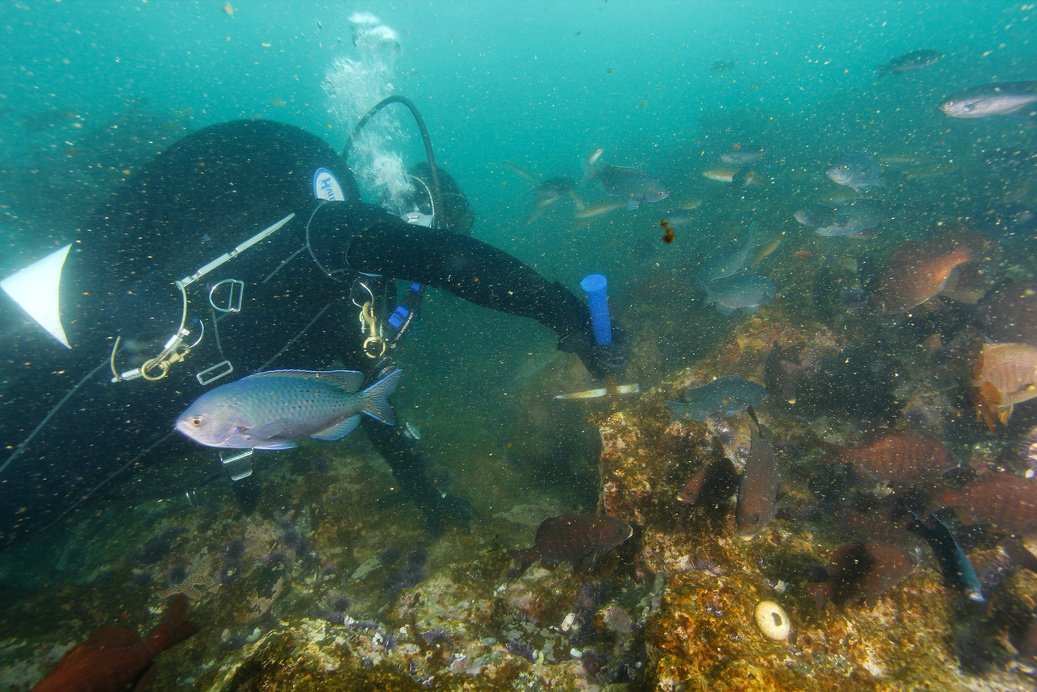

SDG Impact Report
Mida Creek, Kenya
This page details the UN Sustainable Development Goals being addressed by the SeaTrees project in Mida Creek, Watamu, Kenya. For a detailed breakdown of these SDGs please visit:
SeaTrees has supported the restoration of 100+ hectares of degraded mangrove forest within the Malindi Watamu National Marine Park and Reserve - a UNESCO Designated Biosphere Area and one of the world’s oldest Marine Protected Areas. This project provides economic opportunities for over 350 people in the communities surrounding Mida Creek. In addition to restoring a critical coastal ecosystem, SeaTrees and Community Based Environmental Conservation (COBEC) are creating lasting social impacts for the community members involved. Healthy mangrove ecosystems in Mida Creek ensure that fishing and eco-tourism continue to be viable economic drivers for the region.
Key Impact Metrics
- 50+ jobs created
- 30 mangrove trees will sequester 9 tons of CO2 over the 25-year lifetime of the tree
- 10,000 mangrove trees planted per hectare
Sustainable Development Goals addressed by the project
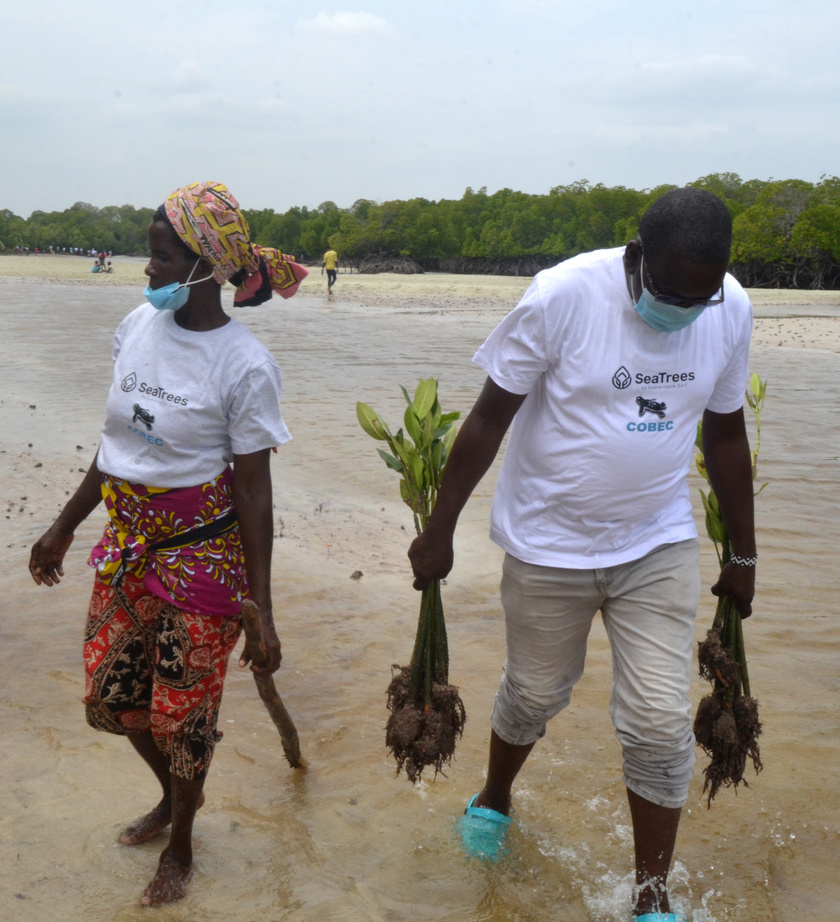
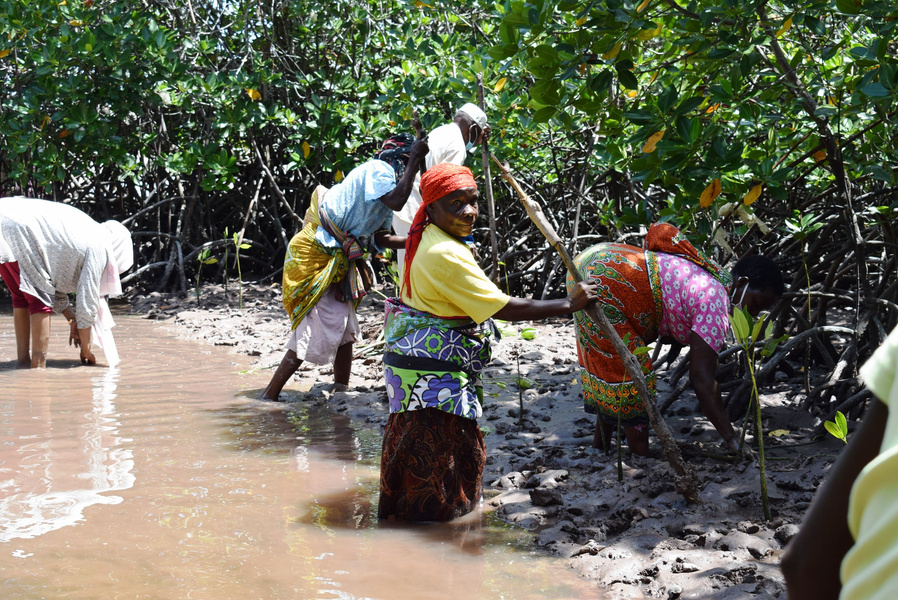
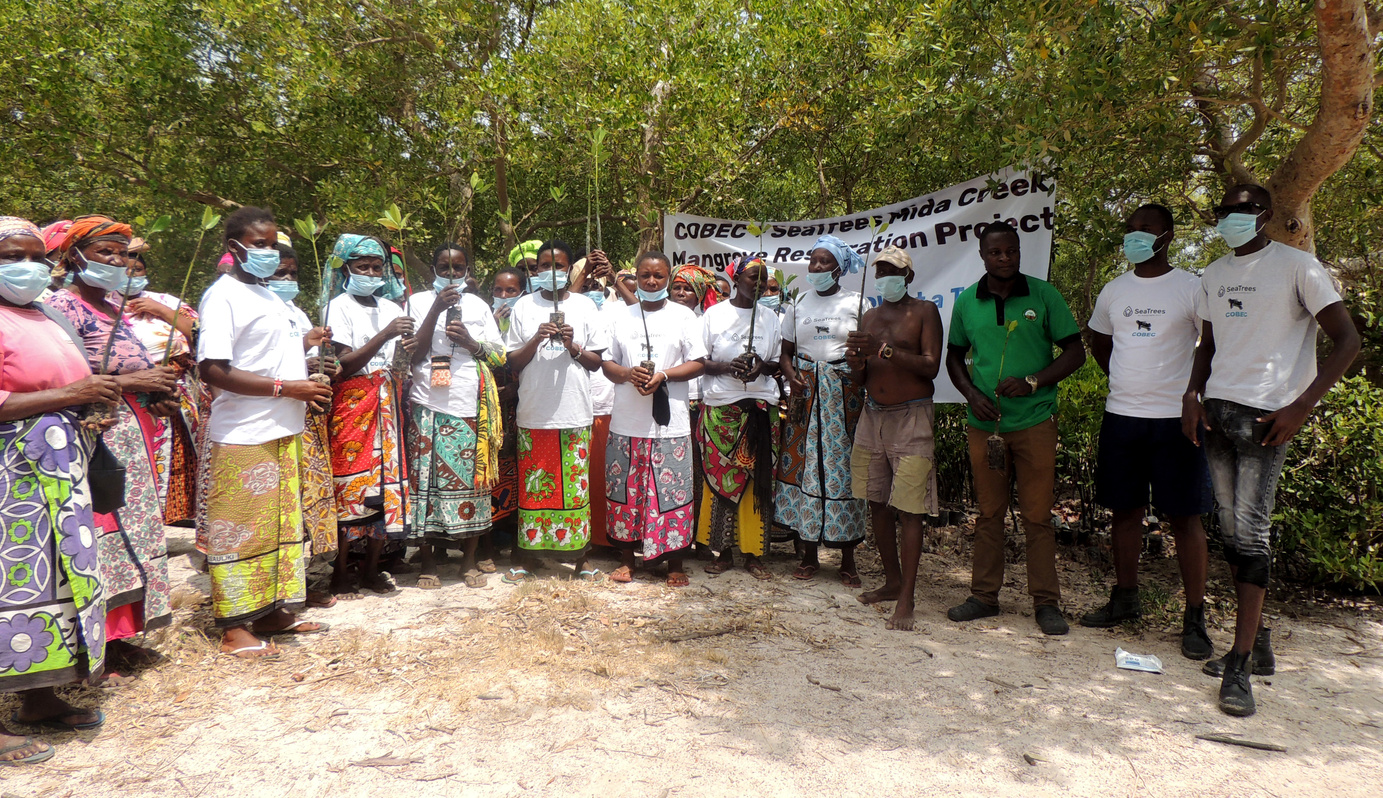
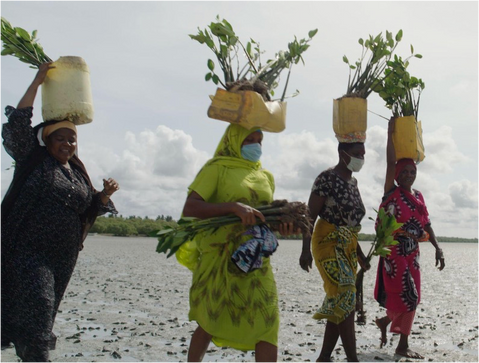
SDG Impact Report
Bali, Indonesia
This page details the UN Sustainable Development Goals being addressed by the SeaTrees project in Nusa Penida, Bali, Indonesia. For a detailed breakdown of these SDGs please visit:
SeaTrees has supported the planting and cultivation of coral reefs at The Ped Acropora Coral Nursery in Nusa Penida, Bali, Indonesia. Working with Balinese nonprofit Ocean Gardener, this project employs a team of local fisher-people and divers to restore the degraded coral reefs of Nusa Penida and educate the local community on best practices to protect the reefs moving forward. This coral restoration will provide a habitat for more than 500 species of fish, create 20 jobs for local villagers and support 12 families.
Key Impact Metrics
- Every 1000 corals planted creates approximately one week of employment.
- 25 local Indonesians are provided with employment - at a time when the pandemic had devastated Bali’s tourism-based economy
- Habitat created for 500+ marine species
Sustainable Development Goals addressed by the project
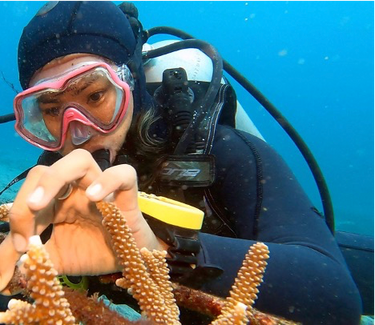
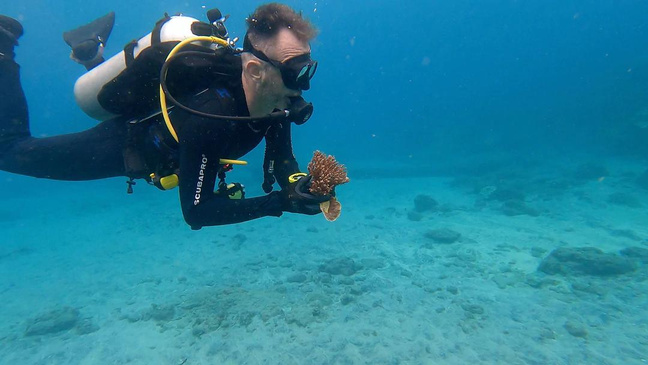
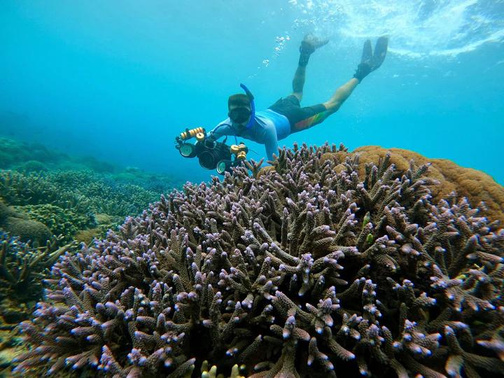
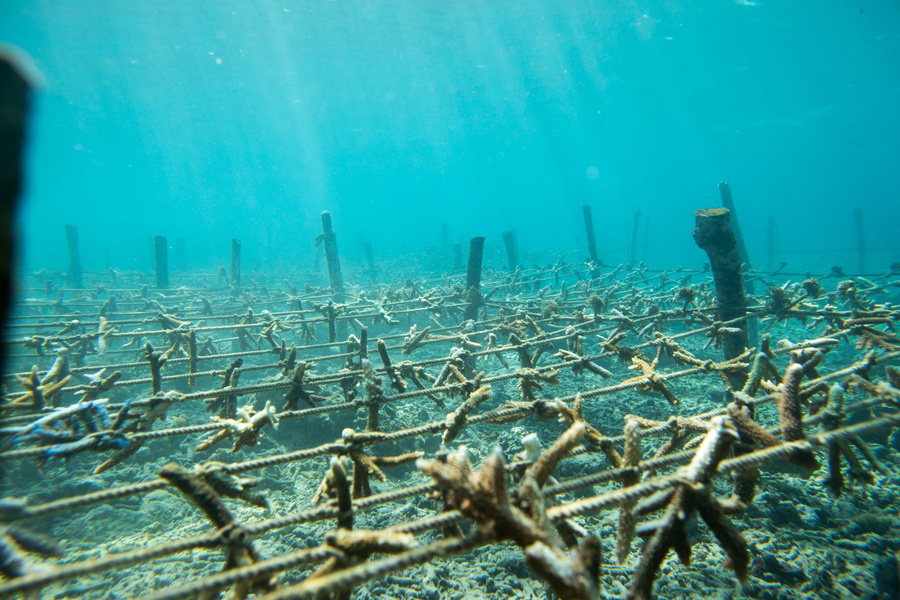
SDG Impact Report
Tankers Reef, California
This page details the UN Sustainable Development Goals being addressed by the SeaTrees project in the Southern Cardamom Watershed In Cambodia. For a detailed breakdown of these SDGs please visit:
https://sea-trees.org/pages/sdg-cardamom
SeaTrees supports the kelp forest restoration and research efforts by Reef Check California and G2KR in partnership with “citizen scientist” volunteer divers to clear purple urchins In order to make space for Giant Kelp forests to regenerate. This project is a starting point that could lead to large-scale, low-cost kelp forest restoration activities across the California coast—where critical kelp forest ecosystems are in a state of crisis. In addition to reestablishing the kelp forest ecosystem at Tankers Reef, the goal of this project is to determine if recruiting recreational divers can be an effective strategy for restoring kelp forests at scale.
Key Impact Metrics
- Oxygen tanks, boat time, and materials for volunteer divers supported by SeaTrees
- 180+ volunteer divers registered
- 10,000 sq-m of kelp forest to be restored
Sustainable Development Goals addressed by the project
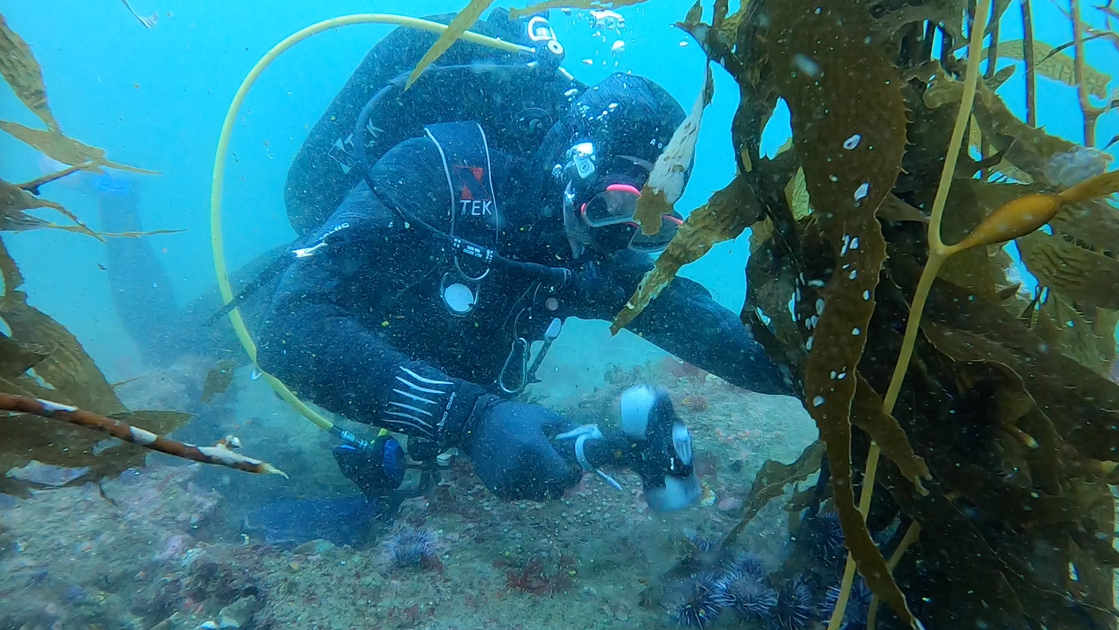
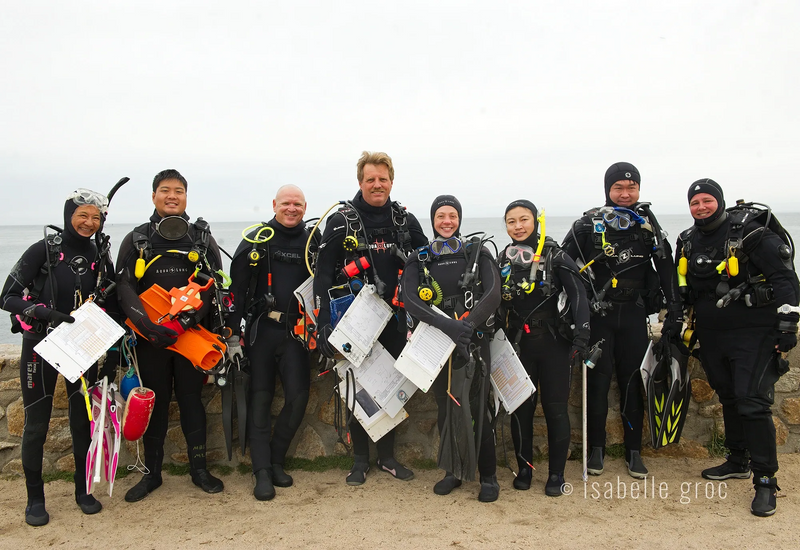
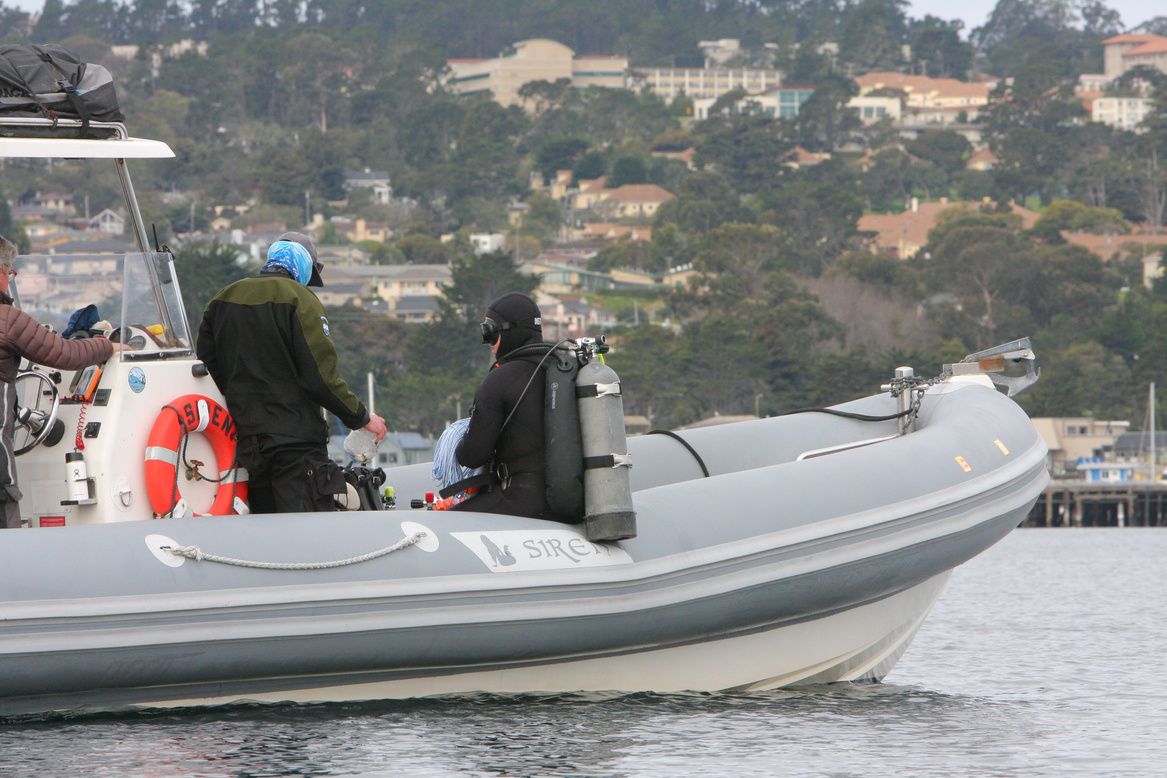
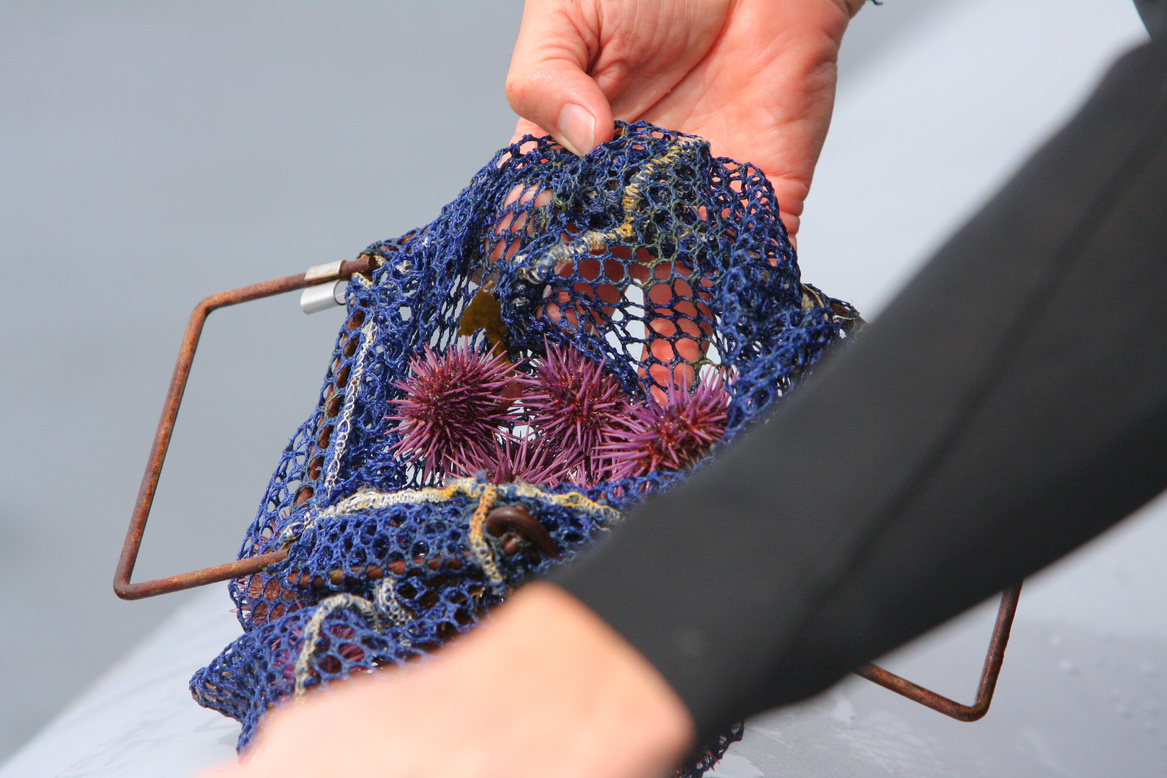
SDG Impact Report
Southern Cardamom
This page details the UN Sustainable Development Goals being addressed by the SeaTrees project in the Southern Cardamom Watershed In Cambodia. For a detailed breakdown of these SDGs please visit:
https://sea-trees.org/pages/sdg-cardamom
SeaTrees has supported the "Ridge to Reef" REDD+ project in Cambodia, protecting 497,000 hectares of coastal watershed. In partnership with Wildlife Works, Wildlife Alliance, and the Royal Government of Cambodia, the project will generate VCS and CCBA verified carbon credits for 30 years. The social and environmental benefits will have a lasting impact beyond the lifetime of the project. The Southern Cardamom Project directly supports the livelihoods of 12 villages with 515 families. The majority of the jobs are community-based eco-tourism and forest guards. Women hold 63% of the management positions of the project.
Key Impact Metrics
- 3.2 million tons of CO2 sequestered per year
- 1,000+ jobs created per year
- 17 endangered and critically endangered species protected
In 2020 alone, this project:
- Conducted 5,189 patrols covering 193,651km
- Stopped 140 land encroachment attempts in the field, and submitted 115 cases to the courts
- Confiscated 663 vehicles used for illegal activities, including 33 excavators, bulldozers and tractors used to clear the forest
- Confiscated 1,720 illegal chainsaws and removed 9 illegal sawmills within the forest
- Removed 25,886 wildlife snares
- Rescued 562 live animals from poachers and hunters
Sustainable Development Goals addressed by the project
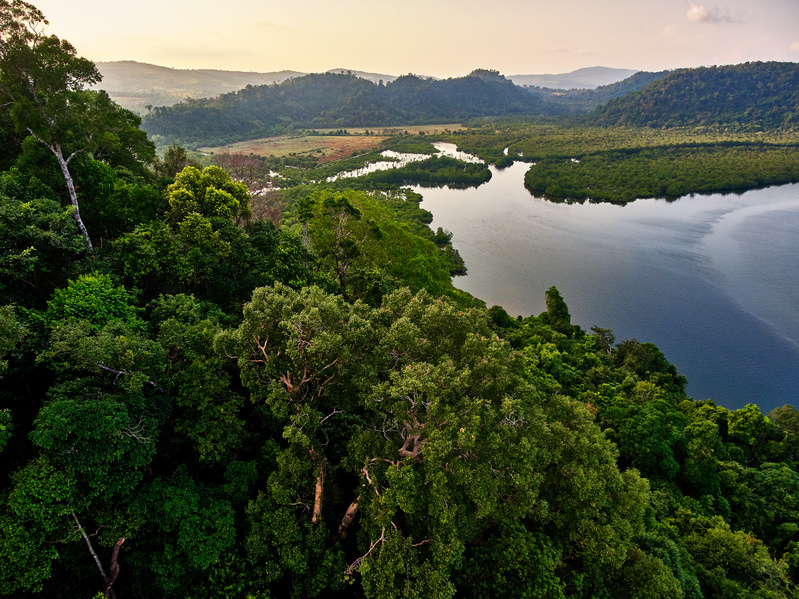
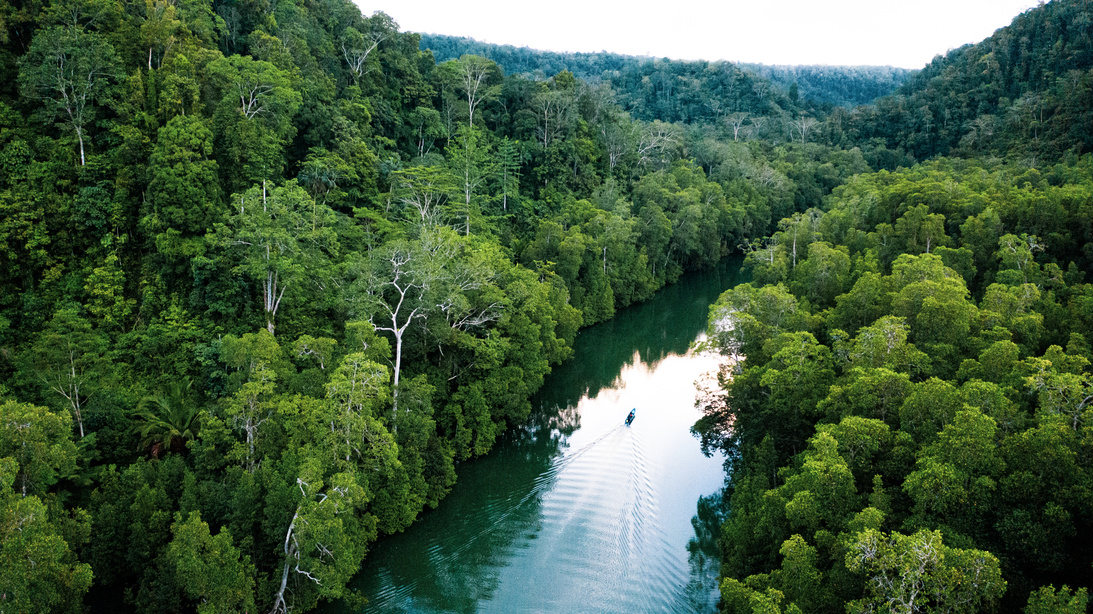
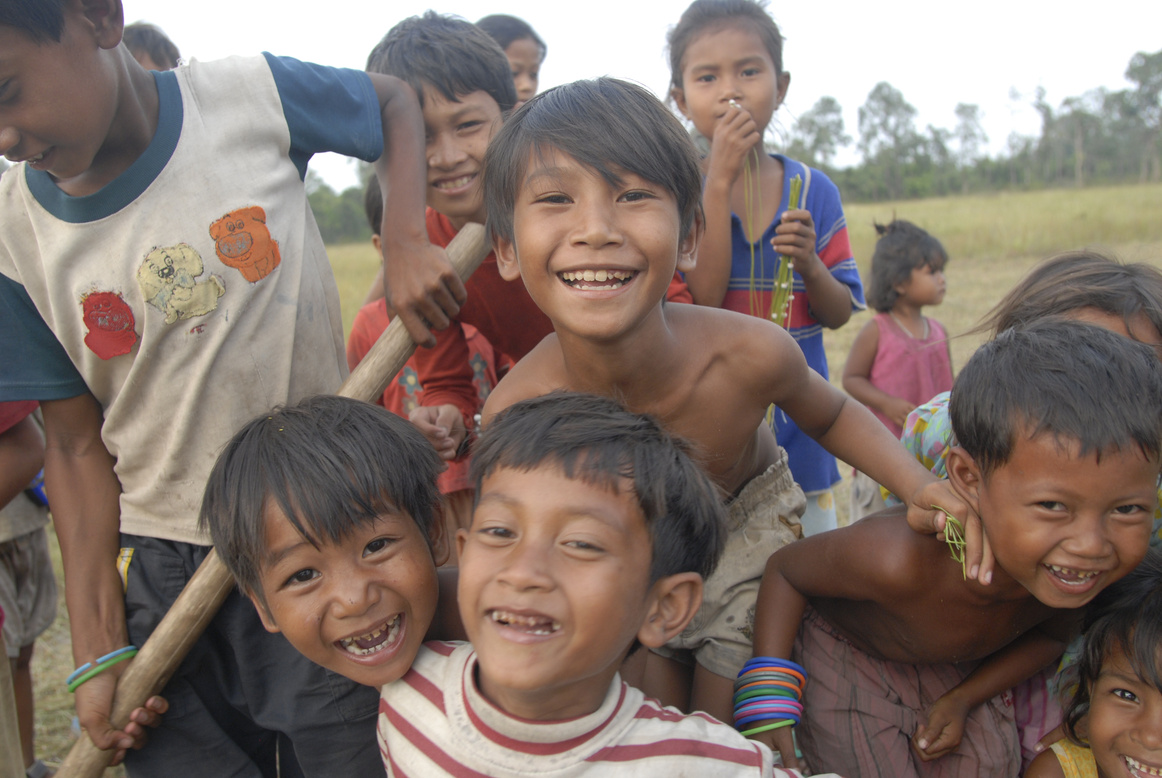
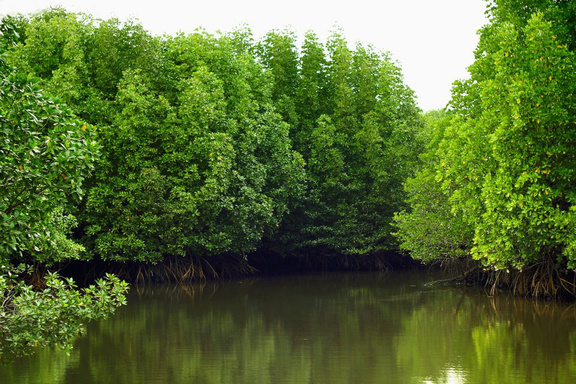
SDG Impact Report
Laguna San Ignacio
This page details the UN Sustainable Development Goals being addressed by the SeaTrees project in Laguna San Ignacio, Baja California Sur, Mexico. For more information please visit:
https://sea-trees.org/pages/laguna-san-ignacio
SeaTrees has supported the planting and regeneration of mangrove forests in Laguna San Ignacio, Baja California Sur, Mexico in partnership with local planting partners WILDCOAST and the local community. WILDCOAST has trained with a local group of women, “Mujeres de El Dátil,” to operate the entire project, including mangrove seedling collection, planting, boat operation, and monitoring. In future years, this group will train and empower other women throughout Baja California and Mexico to do the same in their own communities.
This project provides living-wage employment and training opportunities for the local community, empowers gender equity, protects the area from increased climate change impacts, and safeguards critical habitats for several vulnerable species.
Key Impact Metrics
- 20,000 mangroves planted over 25 acres of tidal zones
- 11+ women trained in project management and monitoring
- Protects local areas and communities from sea-level rise and increased storm surges
- Safeguards critical gray whale nursery habitat
Sustainable Development Goals addressed by the project
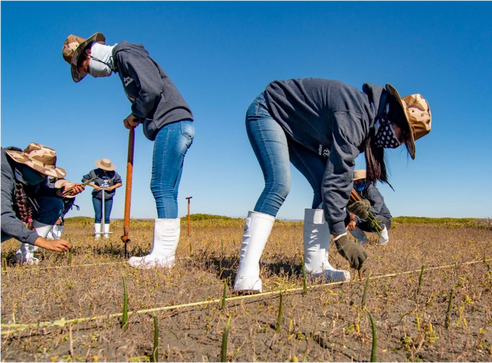
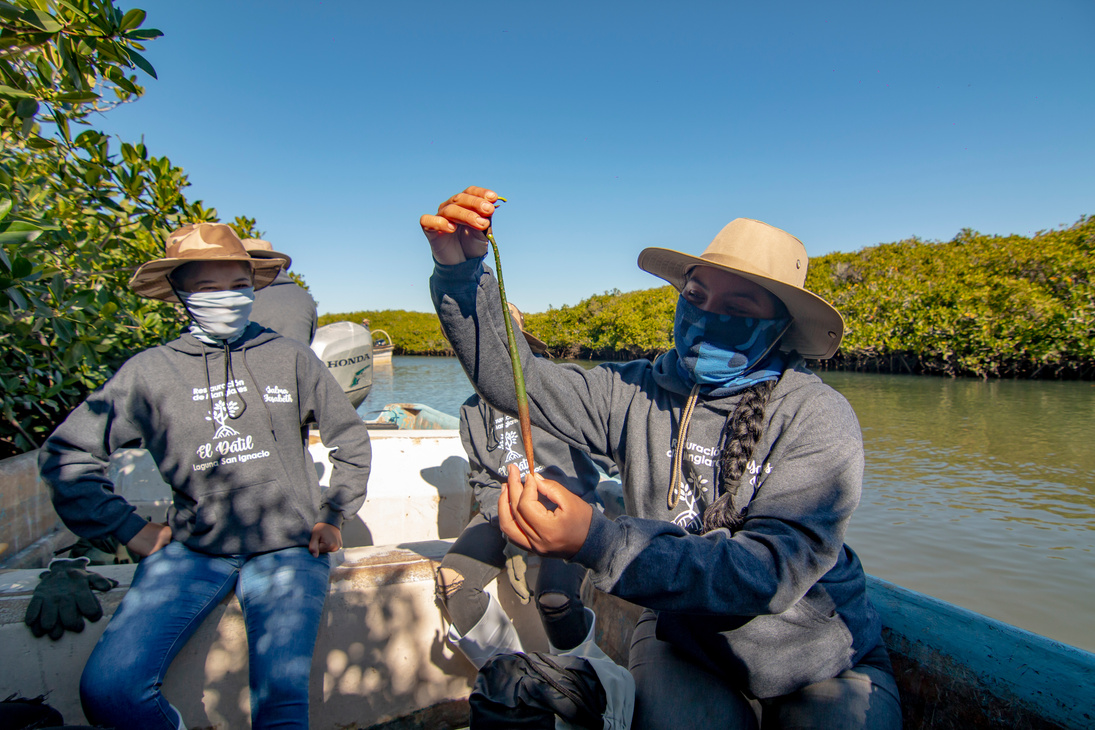
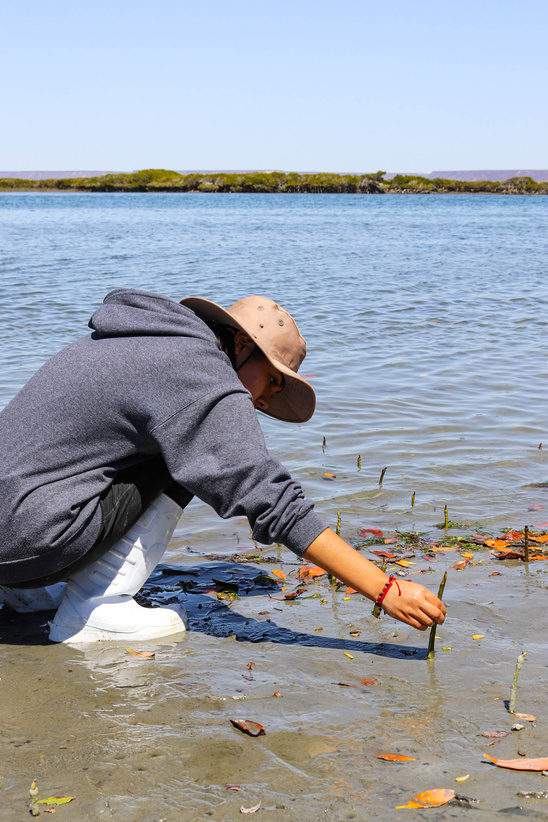
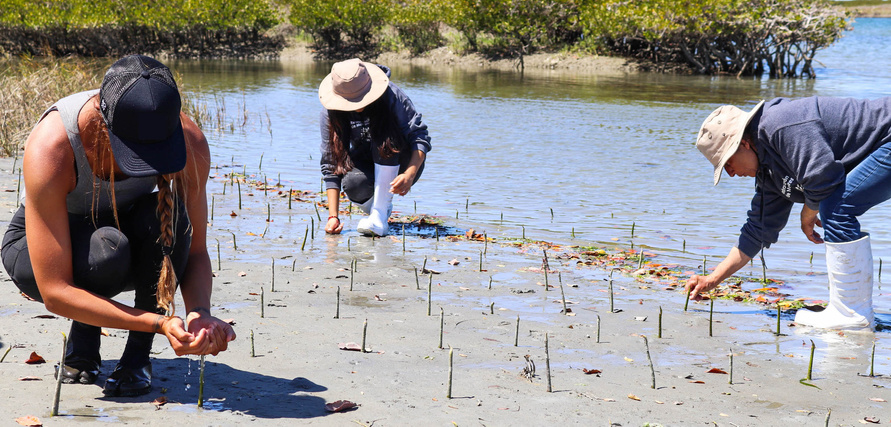
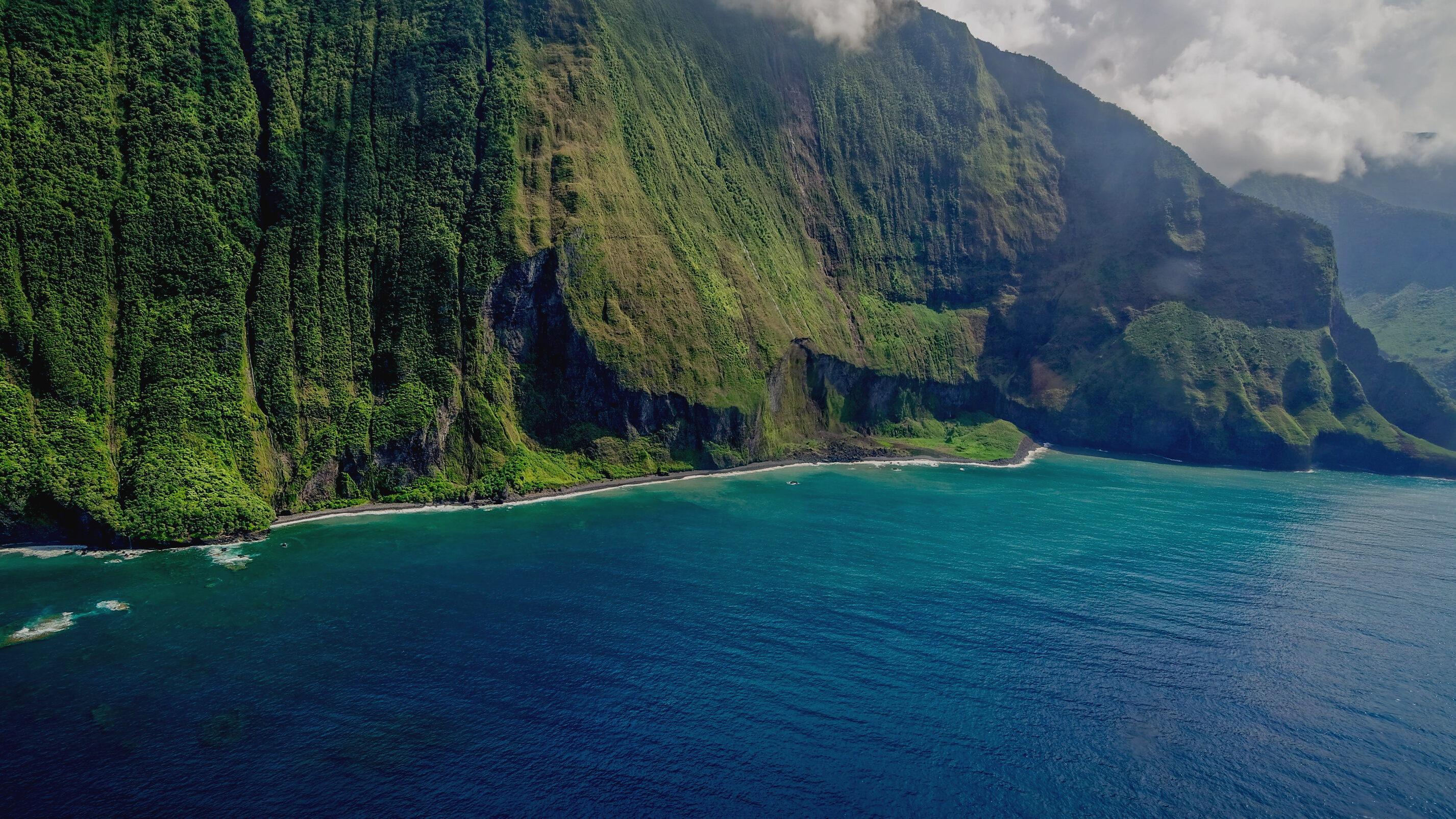
SeaTrees Project Timeline
2022
Cacheu and Cantanhez, Guinea-Bissau - Watershed
Maui, Hawaii - Watershed
Nusa Penida, Bali, Indonesia (expansion) - Coral
Sydney, Australia - Kelp
Ngomeni-Marereni, Kenya - Mangroves
2020
Nusa Penida, Bali, Indonesia - Coral
2019
Biak Region, Indonesia - Mangroves
Palos Verdes, California - Kelp
Southern Cardamom, Cambodia - Watershed
2021
Laguna San Ignacio, Baja, Mexico - Mangroves
Mida Creek, Kenya - Mangroves
Palos Verdes, California (expansion) - Kelp
Tankers Reef, Monterey, California - Kelp
Projects In Review
Maui, Hawaii (expansion) - Watershed
Manati, Puerto Rico - Mangroves
Channel Islands, CA - Kelp
O'ahu, Hawaii - Coral
SeaTrees Long-term goal: 100 Projects by 2030
How To Get Involved
Help us turn our vision into reality.
Here are ways you can help Sustainable Surf turn the tide on climate change:
Plant a SeaTree
Plant mangroves, restore kelp, grow coral, restore coastal watersheds, or wipe out your carbon footprint. Find out more at Sea-Trees.org
Spread the Word
Sign up for our enews and share @SustainSurf and @Sea.Trees on your social media
Brand Partnerships
We provide purpose-driven brands with an ocean-positive solution for customers that care about climate change. Take your next #OceanPositive action and contact us today.
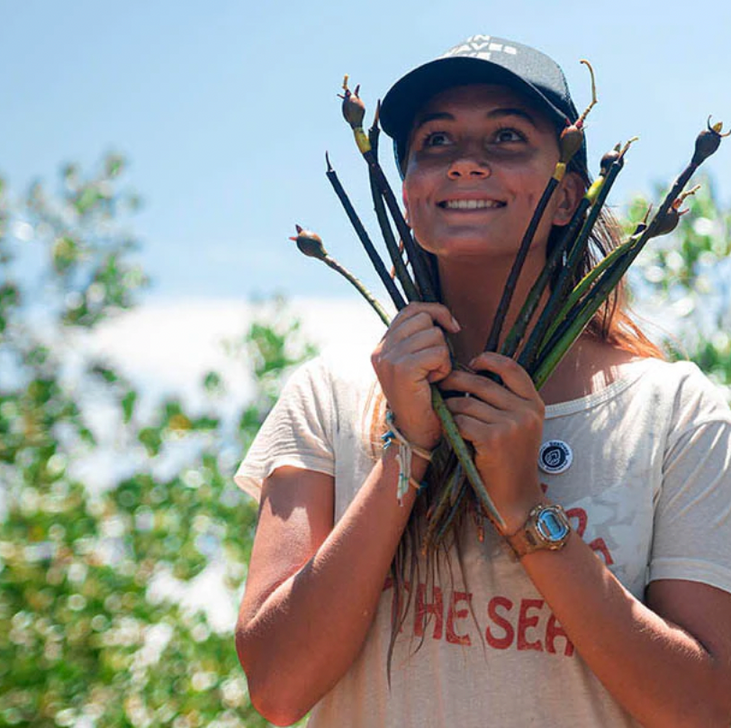
THANK YOU!
www.SustainableSurf.org | www.Sea-Trees.org | @SustainSurf | @Sea.Trees
